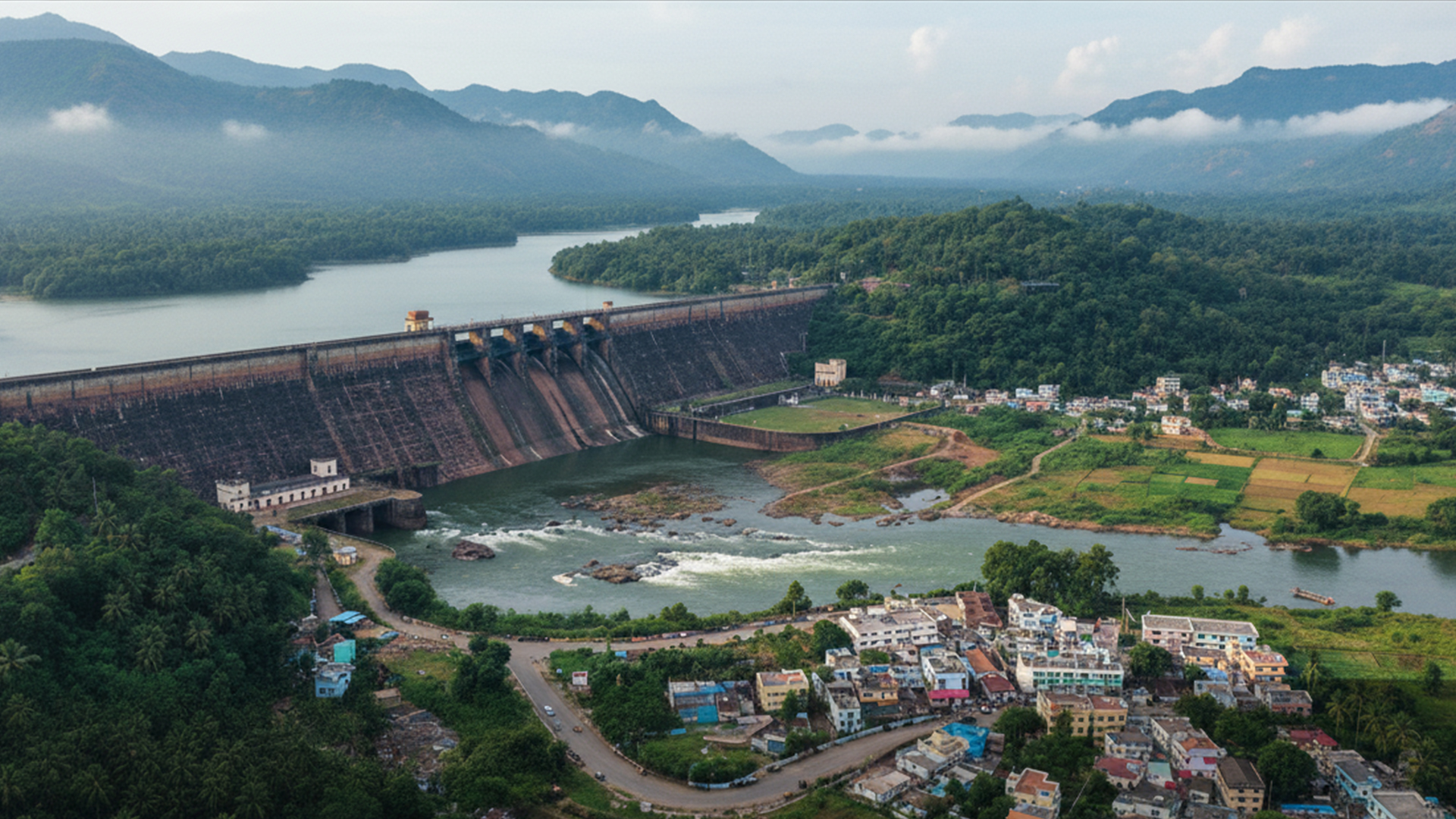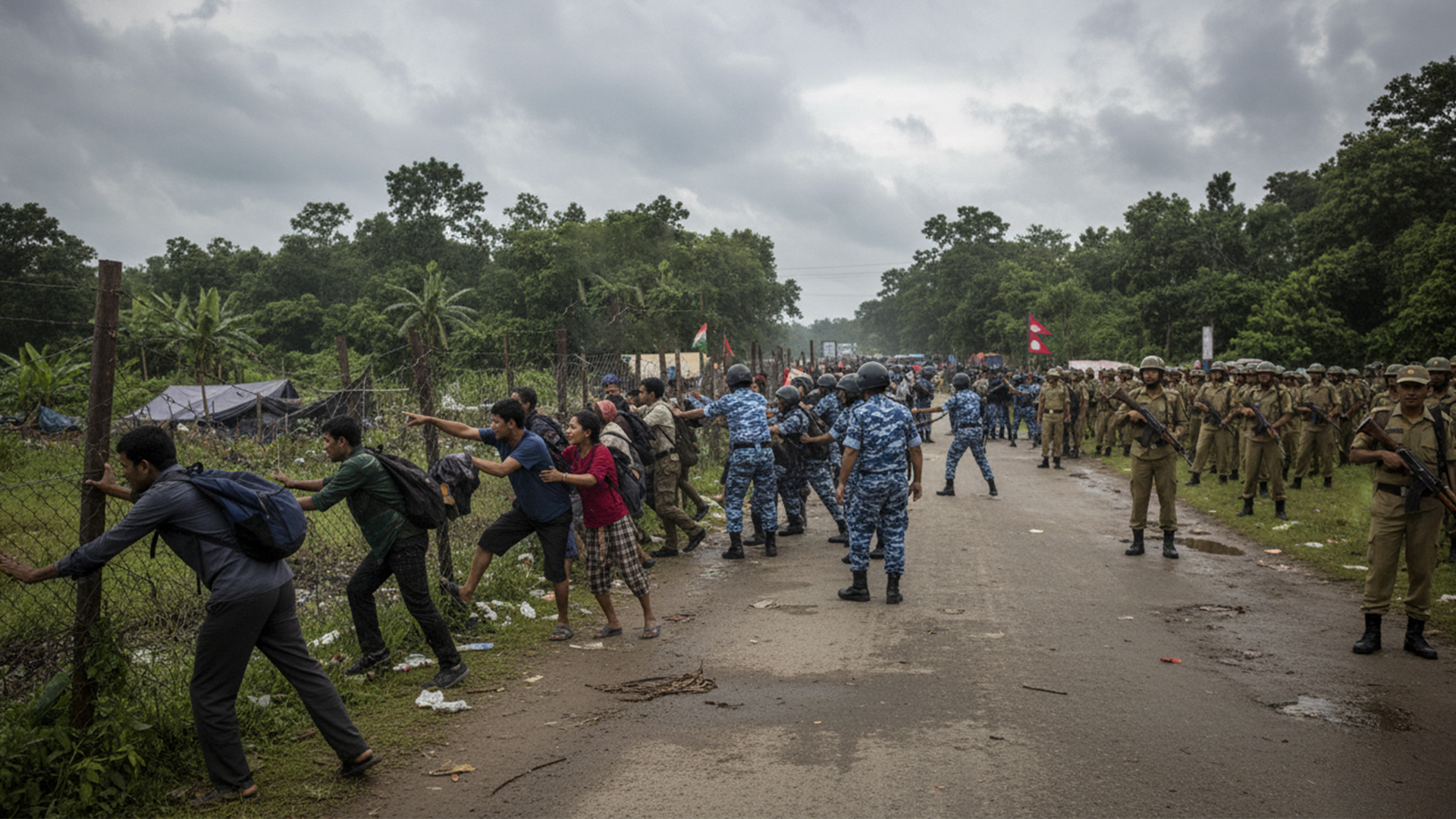The Supreme Court on October 13, 2025 issued notices to the Union Government, the Tamil Nadu and Kerala states, and the National Disaster Management Authority (NDMA) in response to a public interest litigation seeking the construction of a new dam to replace the 130-year-old Mullaperiyar structure. The court’s direction reflects growing concerns over the aging dam’s structural integrity and the risk it poses to downstream communities.
A Bench comprising Chief Justice B.R. Gavai and Justice K. Vinod Chandran heard the petition filed by Save Kerala Brigade, which contends that more than ten million people residing downstream of the Mullaperiyar dam in Kerala are exposed to grave danger in the event of a structural failure. The PIL calls for immediate steps toward dismantling or decommissioning the old dam and constructing a new, safer alternative.
During the hearing, the Chief Justice observed that “some directions may be needed for strengthening the existing dam,” proposing that an expert body be constituted to assess both the safety of the current structure and the feasibility of building a new one. The court’s interim order underscores that the question of a replacement dam cannot proceed without proper technical evaluation and due process.
The Mullaperiyar dam, built in 1895 across the Periyar River in Kerala’s Idukki district, lies entirely within Kerala but is operated by Tamil Nadu under a long-standing lease agreement. The dam has long been the focal point of interstate disputes: Kerala has repeatedly raised alarm about its age, susceptibility to seismic activity, and leakage issues, whereas Tamil Nadu defends its utility for irrigation and drinking water supply in its southern districts.
At the hearing, senior advocate V. Giri, representing the petitioner, urged the court to direct construction of a replacement dam, citing the imminent threat to life and property for those living in vulnerable zones downstream. The petition picks up on longstanding fears that the dam’s masonry structure, over a century old, is increasingly unsafe.
The PIL names as respondents the Union of India, the state governments of Tamil Nadu and Kerala, and the NDMA. The Supreme Court has called upon these entities to file responses to the petition. It also signaled readiness to issue further directions after assessing the responses and expert opinions.
The court’s move comes against the backdrop of prior judicial interventions in the Mullaperiyar dispute. In 2014, a Supreme Court order had affirmed Tamil Nadu’s rights over the dam while limiting its water level, and established a permanent Supervisory Committee to oversee safety norms and operations. Despite that, periodic tensions persist due to Kerala’s insistence on structural safety and Tamil Nadu’s emphasis on water rights.
In today’s hearing, the Court also called for a higher degree of scrutiny in the High Court’s handling of writ petitions connected with the dam dispute. It sought a report from the Registrar General of the Madras High Court about the procedural path by which certain petitions had been registered and the failure to treat a writ seeking standard operating procedures as a public interest litigation.
The court’s urgent tone reflected the high stakes involved. It stressed the need for timely action on strengthening measures or possibly transitioning to a new dam structure. Meanwhile, the expert assessment, once mandated, will need to examine geological, hydrological, structural, and environmental dimensions before any direction toward replacement is entertained.
The Mullaperiyar dam issue remains a complex matrix of safety concerns, interstate water rights, and judicial oversight. The Supreme Court’s notice and interim remarks suggest it is seeking a balanced path—one that preserves human life without undermining crucial water-sharing arrangements. As responses arrive from the Centre, states, and NDMA, further hearings will map out whether India moves toward decommissioning an iconic colonial-era dam or opts for life-extending retrofit and reinforcement.
Also Read: SC Orders CBI Probe into Karur Stampede, Appoints Oversight Panel




